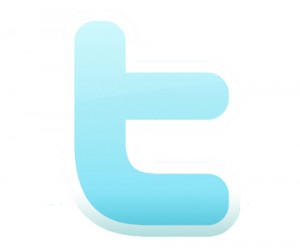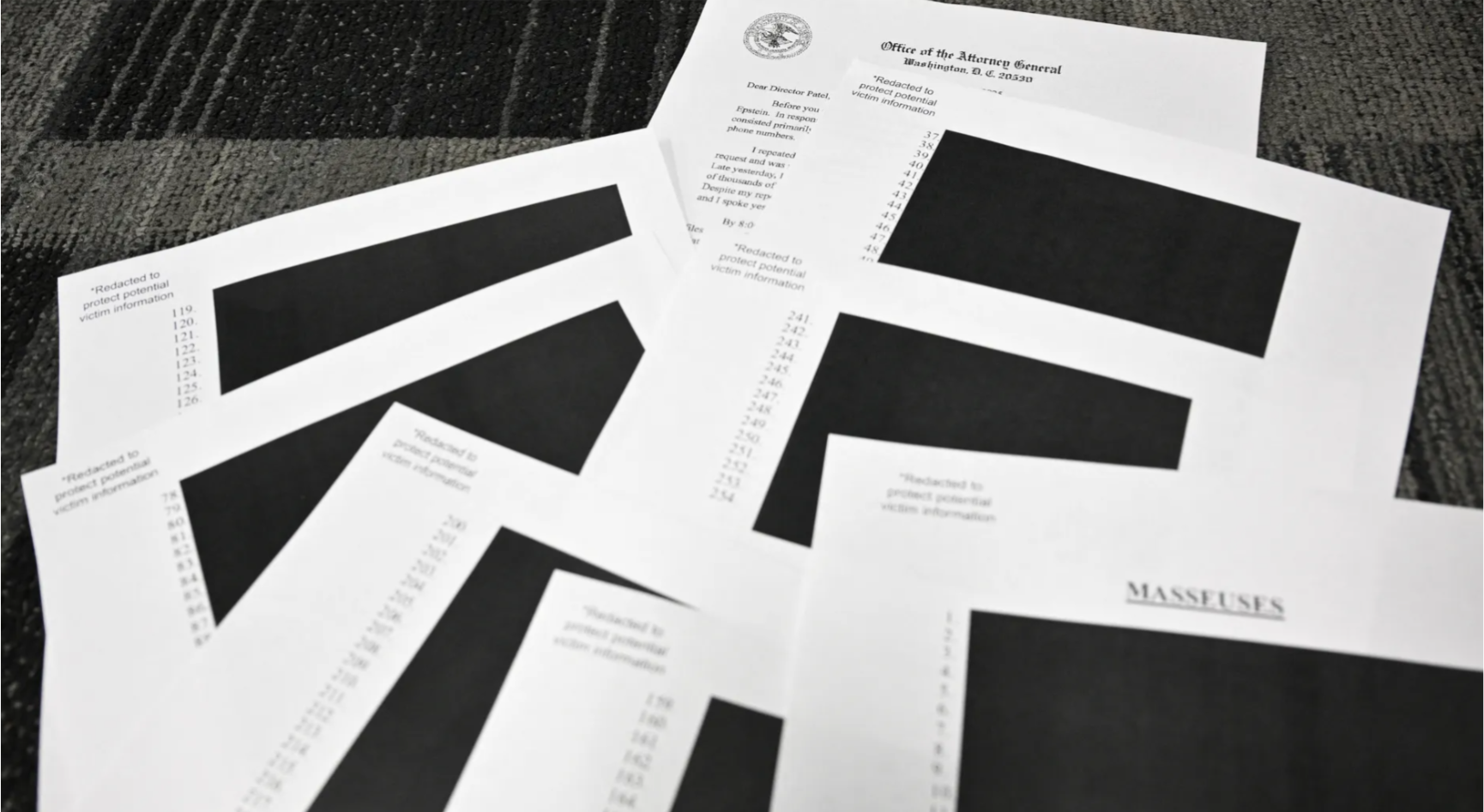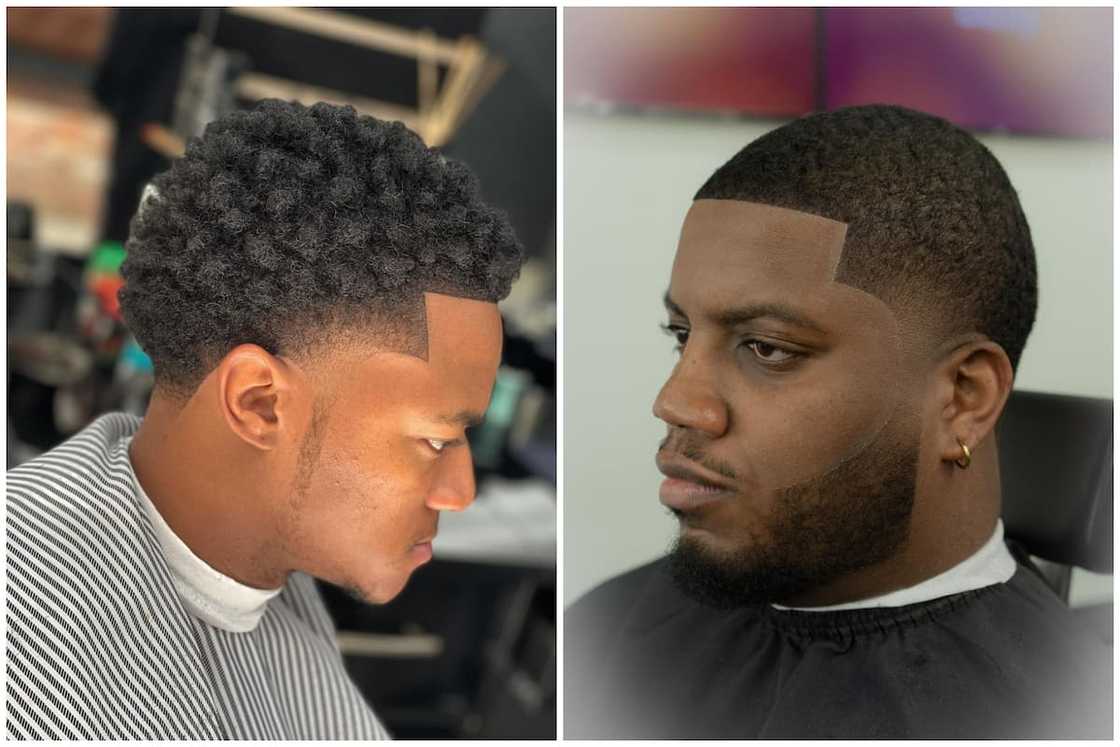(ThyBlackMan.com) African Americans are more likely than whites to use Twitter — and the gap is growing.
Experts have attributed the difference in Twitter uptake among white and black users to demographic factors that distinguish the African American community, such as age and above-average smartphone use, as well as disparities between social media sites themselves. Twitter, for example, is  limited to 140 character updates, has always been open to everyone and is easily accessible on mobile devices, while Facebook got its start in the Ivy League and offers far more elaborate features, from photos to check-ins, to games.
limited to 140 character updates, has always been open to everyone and is easily accessible on mobile devices, while Facebook got its start in the Ivy League and offers far more elaborate features, from photos to check-ins, to games.
Yet new research provides fresh insight into the forces driving Twitter adoption among users in the black community and suggests that one of the most powerful catalysts is an interest in celebrity and entertainment news.
During a six month period ending in May, the share of African Americans on Twitter nearly doubled from 13 to 25 percent, while the proportion of whites on Twitter edged up only slightly, from 5 to 9 percent, according to the Pew Internet and American Life Project. African Americans are also far more active Twitter users: 11 percent visited the social media service daily, compared to 3 percent of whites.
Though African Americans make up 13 percent of the U.S. population, they account for 22 percent of Twitter users, according to Edison Research, a market research company. A Twitter spokeswoman said the company does not comment on third-party research and declined to provide statistics on the use of the site by African Americans, noting, “We don’t ask users for demographic information.”
But the use of one form of social media does not translate into the use of another: On Facebook, the world’s largest social networking site with over 750 million members, African Americans are actually underrepresented and constitute just 12 percent of all users, according to Edison.
Many researchers argue that the lower average age of African Americans has contributed to Twitter’s popularity among individuals in this group. The majority of Twitter users are under 35 years old, and according to the 2000 census, the median age of African Americans, 30, is seven years below the median age of white Americans.
Another common theory maintains that Twitter, which was conceived as a text messaging service and has remained cellphone-friendly ever since, is particularly appealing to users, such as African Americans, who are consistently on their cellphones. The share of African Americans who own smartphones is above the national average (44 percent to 35 percent, respectively), and a Nielsen report found that black users spend around twice as much time talking on their phones than white users and send, on average, 200 more text messages a month.
However, a study tracking more than 500 Twitter users between 19 and 20 years old over a two-year period found there was no evidence to suggest higher cellphone use corresponded to higher rates of Twitter adoption, for any race.
Instead, the research concluded that an interest in entertainment news was a “significant predictor” of Twitter use and that African American users were “more likely” than other groups to have a greater interest in celebrity and gossip updates.
“African Americans are more likely to be on Twitter, and it looks like they’re more interested in celebrity and entertainment news than whites, which explains this difference,” said Eszter Hargittai, a co-author of the study “The tweet smell of celebrity success”, which will appear in the August issue of the journal New Media & Society.
An interest in topics other than entertainment news does not help predict Twitter use, according to the study. “In contrast, interest in local and national news, international news, and politics shows no relationship to twitter adoption in this population segment,” the report found.
Celebrities from Rihanna and Britney Spears to Justin Bieber and 50 Cent have sizable followings on Twitter, where fans have the impression of receiving intimate and instant access to stars’ careers and personal lives via tweets. Lady Gaga has over 12 million Twitter followers, more than the entire population of New York City. A 2010 study found that only 40 Twitter accounts out of more than 40 million could claim more than 1 million followers — and all belonged either to celebrities or mass media organizations.
The architecture of Twitter and Facebook has profoundly affected how people can engage with celebrities on the two services: Twitter is more conversational, while Facebook is built for broadcasting. Twitter allows celebrities to retweet their fans’ posts or speak directly to their followers via “@ replies” aimed at specific users, person-to-person interactions that are far less seamless on Facebook, where members can control who can message them, write public posts on their “walls,” and view their photos.
“One of the reasons that Twitter has been successful among African Americans is that it’s good for people who like entertainment content and African Americans skew high on consuming entertainment content,” said Omar Wasow, co-founder of the social network BlackPlanet.com. “Twitter is a place you can follow lots of celebrities. It’s a better experience if you’re interested in entertainment than say Facebook.”
If Hargittai’s research holds true for other age groups, it may be that Twitter is replacing Myspace as the new outlet for celebrity gossip for users interested in the latest from Hollywood. Some posit that the decline of Myspace, once a thriving hub for music and entertainment news and a popular site among African Americans, may have contributed to Twitter’s rise as black users have turned to Twitter for the latest music and movie news.
“It may be that as Myspace has lost momentum, many black users have migrated to Twitter instead of Facebook,” Wasow said. “African Americans have shifted to Facebook and to Twitter, but they’ve turned most heavily to Twitter.”
Untangling the subtle forces that have driven Twitter adoption among the black community remains problematic for researchers, who note that in most surveys, the sample size is too small to produce meaningful results, and who caution against drawing sweeping conclusions about a diverse group with a range of interests, incomes and education levels.
“We don’t have a lot of information on how specific subgroups are using the service because we don’t have enough of them in standard surveys to dig down,” said Aaron Smith of the Pew Internet and American Life Project. “One of challenges we face in our work is because there’s a fairly small number of Twitter users, we don’t have enough respondents to do follow up analysis on how different sub-groups are using the service.”
Written By Bianca Bosker
Via; http://HuffPost.com

















Leave a Reply